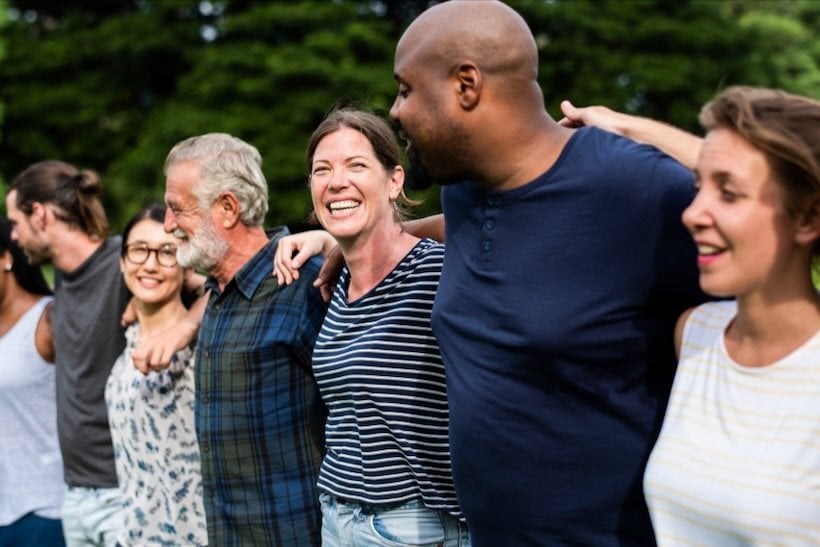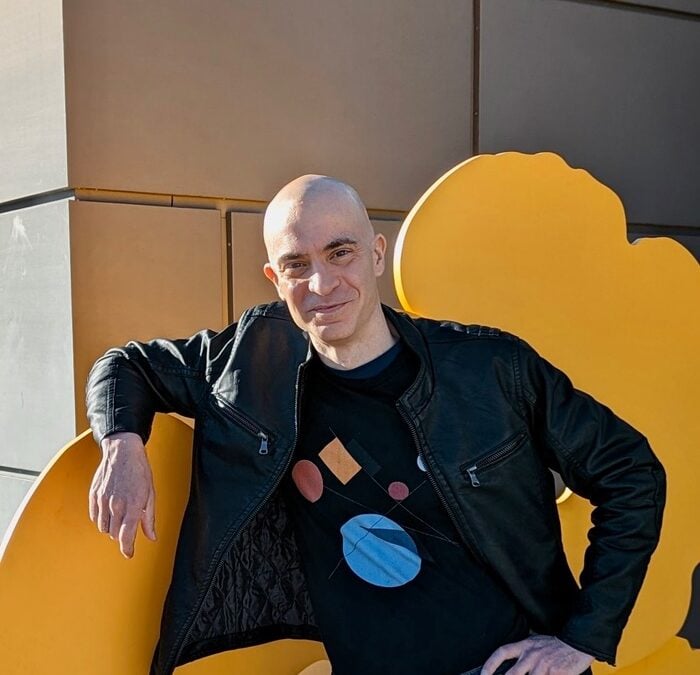Thanks to extensive genetic testing projects, science now knows a great deal about human health and the potential for illness. In white people.
The earliest pioneering research was done in northern Europe—especially Iceland, with a massive study released in 2015. The UK and Estonia were also major players. Nice countries, but not a lot of melanin. There’s no such excuse for research conducted in the U.S., where about 40% of the population is nonwhite.
A Groundbreaking Diverse Study
That’s beginning to change. The National Institutes of Health recently released anonymized, voluntarily collected test data for the first quarter of participants in its million-genome All of Us gene-sequencing study. And it’s showing the value of diversity in research, surfacing 275 million DNA variants that had never been seen before. The project is already providing new understanding of ailments including atrial fibrillation, type 2 diabetes, and coronary artery disease.

That’s just a nibble of what we can expect. In the spirit of other great health studies, the All of Us data is open for researchers everywhere to download and analyze. If past experience with this process is any guide, we can expect years, maybe decades, of revelations. All the more as the rest of the participants’ data is made available in the coming years.
Worth contributor Meredith Salisbury took part in the study and was among that first group to receive her test results. Salisbury wasn’t shocked to find out that she’s very White. But even that identity may have unique genetic traits that will help doctors understand how to keep her healthy—and now those benefits are being extended to many more people.
Truly Extending Life
All of Us holds promise to help, well, all of us live closer to the limits nature has set for humans. But what if we can extend those limits—by years, decades, centuries, millennia? Dr. Peter Diamandis, a physician and prolific tech investor, has been asking that question for years. And he’s launched his own study, of sorts, to help provide answers.

The new Xprize Healthspan has collected a pot of $101 million in potential awards. They will be doled out to teams that conduct successful clinical trials demonstrating any and all technologies or methods to make specific, measurable improvements to the health of people aged 65-80. New medications, stem cells, gene therapies—all ideas are on the table. And if people can be more fit at 80, can they also be at 90, 100, 120? Diamandis would like to know.
Diamandis and His Critics
Is this groundbreaking or a grandstanding? You’ll find both opinions out there, as I did in my new profile of Diamandis. It’s one of many stories that emerged from hours of conversations with a dozen experts while researching our spring issue feature, “The Wild Science of Growing Younger,” which debuts online on March 4.
A major critique of Diamandis is that he’s making a lot of money off these longevity efforts, as an investor in over 100 biotech and health tech companies, and an advisor to more than 30. But what’s wrong with investing in exciting tech?
It may be because of Diamandis’s dual role as entrepreneur and educator. He founded Singularity University with Ray Kurzweil in 2008 and has written numerous books and hosted podcasts about longevity science (and critics would say, science fiction). These works, including one with love-him/hate-him motivational speaker Tony Robbins, openly promote the authors’ businesses as part of their enhanced longevity advice. (The authors do disclose their financial interests.)
The Price of Longevity
Diamandis’s new book, Longevity: Your Practical Playbook, has an entire chapter on uploads—not of your mind (a topic he discusses elsewhere) but of 150Gb of imaging, genetic, and blood diagnostic data from annual tests at his company, Fountain Life. The goal is to spot disease in its earliest stages, when the chances for treatment are best—if you can afford it. Annual memberships range from $3,000 for very basic service to $90,000 for care by a team of specialists.
It certainly reinforces the notion that this whole “living forever” movement is just a way for the rich to extend their earthly privileges. In fairness, living forever is at the far end of this movement to enhance longevity. Diamandis has some ideas on the topic—including regenerating our bodies or uploading our minds to the cloud. (As a fan of Doctor Who, The Matrix, and Black Mirror, I must confess that those concepts sound intriguing.)
Affordable Health Enhancement
To his credit, Diamandis starts his book with chapters on diet, exercise, and sleep—key pillars of health that are more accessible to all of us. (Access to nutritious food is not universal, but it’s a lot cheaper than full-body MRIs.) These healthy lifestyle aspects are the foundation, Diamandis tells me.
He and Robbins also talk a lot about such fundamentals in their 2022 book Life Force, along with stem cells, gene therapy and more sci-fi concepts. They also created a spinoff company.
But even higher-level treatments are not necessarily expensive. There is a lot of hope (but also skepticism) for the life-extending properties of two cheap, generic drugs: metformin and rapamycin. The first is currently used to treat diabetes, the second to prevent organ rejection in transplant patients. But many people are using them off-label, based on some rodent tests and anecdotal evidence that they may reduce inflammation, improve energy production in cells, stave off long Covid, and (in the case of rapamycin) forestall menopause.
Prices Could Drop
And even sci-fi could become affordable. Diamandis is also a director and investor in a stem-cell therapeutics company called Celularity. I spoke with the company CEO Dr. Robert Hariri a few weeks ago. He’s taking medical waste—discarded placentas—to harvest huge quantities of stem cells, which he believes can regenerate aging or diseased tissues.
Hariri, Diamandis, and Robbins have all taken such therapies themselves. They had to go abroad for this, as the FDA is yet to approve such treatments in the U.S. (Diamandis and Hariri are planning clinical trials to change that.) There’s probably a reason why the Food and Drug Administration remains unconvinced. A lot more testing will be required to prove that these therapies work—or that they don’t.
But if they do succeed, Hariri is confident he can make the therapies rather inexpensive—cheaper than traditional ways of treating difficult, chronic diseases. And even short of treating outright illness, just making merely not-sick people more vigorous could have huge benefits to their quality of life—and to the overall economy.
Plus, health insurance does cover even many expensive treatments, once they are proven to work. That’s the first challenge for these life-extending entrepreneurs.







